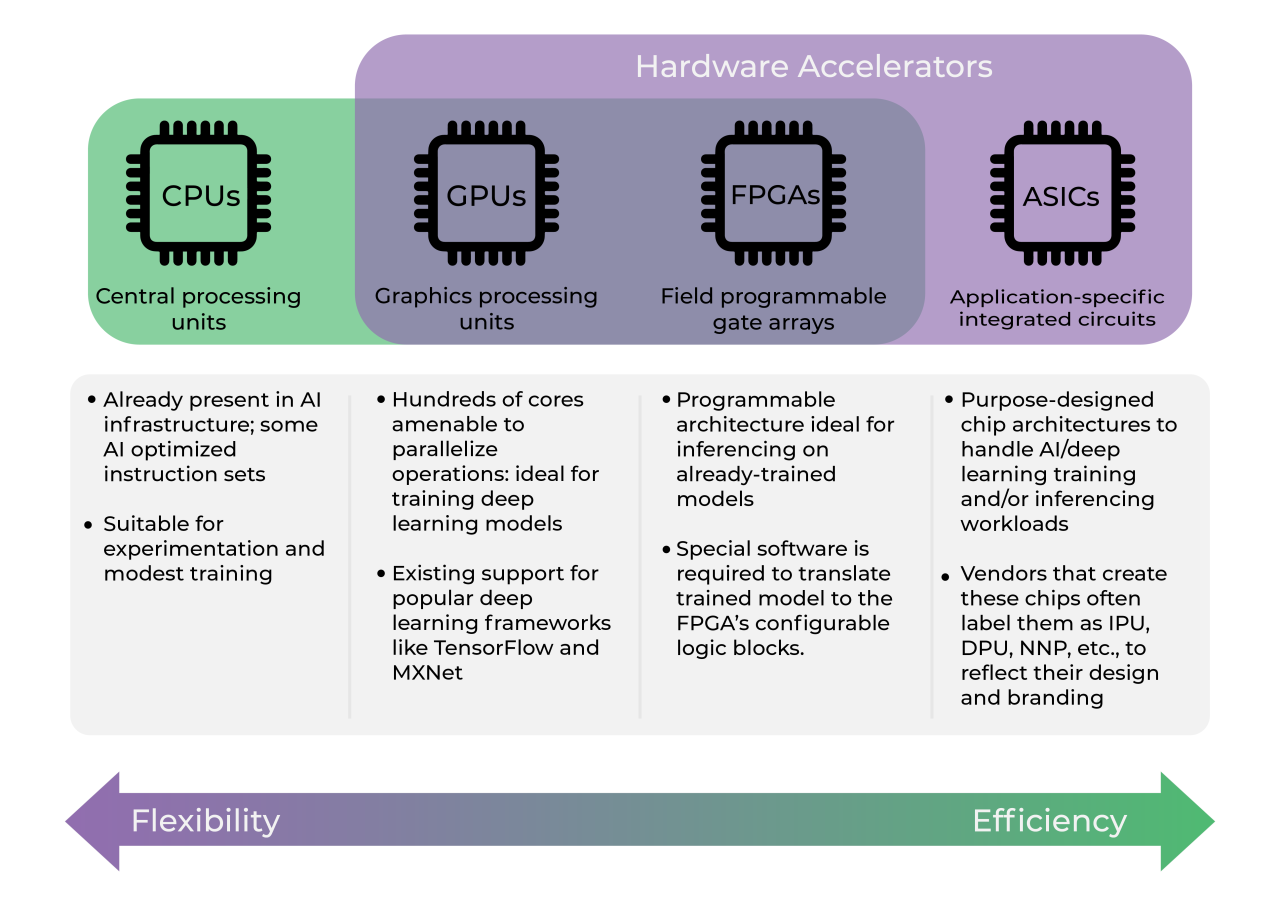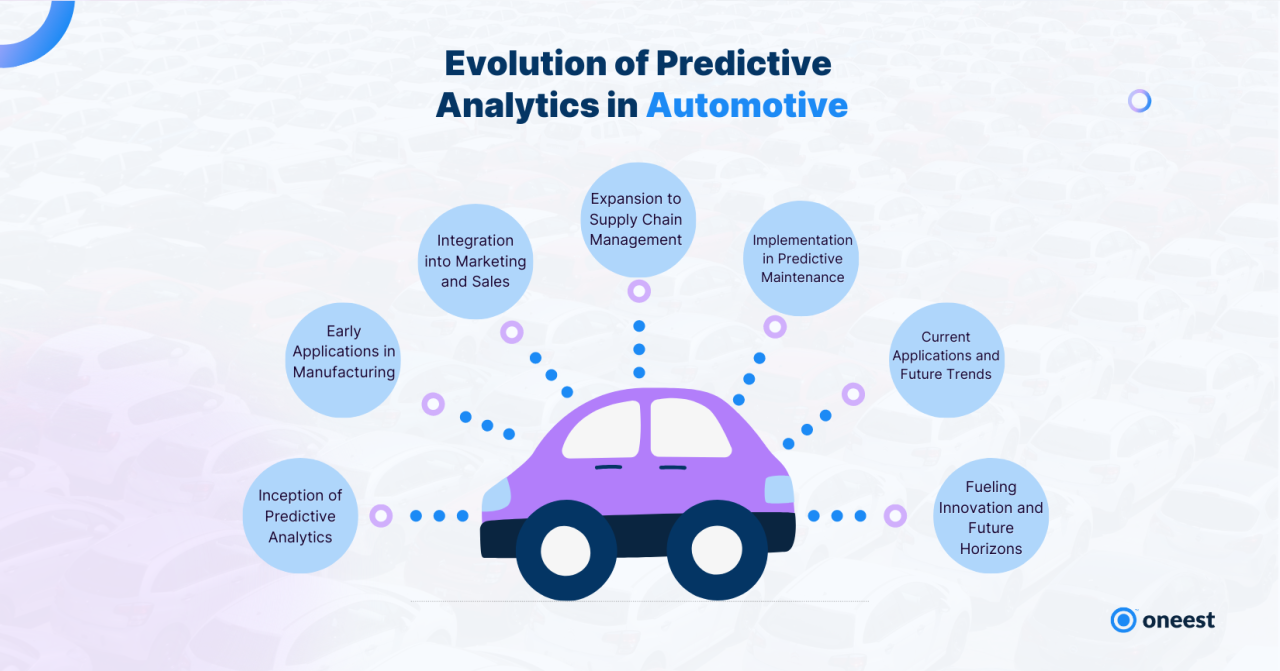Machine Learning For Personalized Recommendations

Machine Learning For Personalized Recommendations delves into the world of tailored suggestions, revolutionizing user experiences through advanced algorithms and data processing.
From defining personalized recommendations to evaluating their effectiveness, this topic explores the intersection of machine learning and user-centric solutions.
Introduction to Personalized Recommendations with Machine Learning
Personalized recommendations refer to the practice of suggesting tailored content, products, or services to users based on their preferences, behavior, and past interactions. In the context of machine learning, personalized recommendations are generated using algorithms that analyze data to predict the most relevant items for each individual user.
The Importance of Personalized Recommendations
Personalized recommendations play a crucial role for both businesses and users. For businesses, personalized recommendations can lead to increased sales, customer engagement, and loyalty. By offering users relevant content or products, businesses can enhance the overall user experience and drive conversions. On the other hand, users benefit from personalized recommendations by discovering items that are aligned with their interests and needs, saving time and effort in searching for relevant options.
- Personalized recommendations can boost customer retention and satisfaction.
- Enhanced user experience through tailored content or product suggestions.
- Increased sales and revenue for businesses through targeted marketing strategies.
Machine learning algorithms can analyze vast amounts of data to identify patterns and preferences, enabling more accurate and effective personalized recommendations.
Enhancing Personalized Recommendation Systems with Machine Learning
Machine learning algorithms play a vital role in enhancing personalized recommendation systems by continuously learning from user interactions and feedback. These algorithms can adapt to changing preferences and behaviors, improving the accuracy and relevance of recommendations over time.
- Collaborative filtering algorithms analyze user behavior and preferences to recommend items similar to those liked by the user.
- Content-based filtering algorithms recommend items based on the characteristics of the items and the user’s preferences.
- Hybrid recommendation systems combine collaborative and content-based filtering techniques to provide more accurate and diverse recommendations.
Types of Machine Learning Algorithms for Personalized Recommendations: Machine Learning For Personalized Recommendations

Machine learning algorithms play a crucial role in generating personalized recommendations for users. There are several types of algorithms commonly used for this purpose, each with its own strengths and weaknesses. In this section, we will explore and compare different types of machine learning algorithms used for personalized recommendations.
Collaborative Filtering
Collaborative filtering is a popular approach that makes recommendations based on the behavior of similar users. It analyzes user interactions and preferences to recommend items that other users with similar tastes have liked. This method is effective in generating recommendations for new or unpopular items.
Content-Based Filtering
Content-based filtering recommends items based on the attributes of the items and a profile of the user’s preferences. It focuses on the content of the items and the user’s historical behavior to make recommendations. This method is beneficial for suggesting items with similar characteristics to those previously liked by the user.
Matrix Factorization
Matrix factorization is a technique that decomposes the user-item interaction matrix into latent factors. By capturing the underlying patterns in the data, this method can generate accurate recommendations even for sparse datasets. Matrix factorization is particularly useful in scenarios where collaborative filtering and content-based filtering may not perform well.
Hybrid Models
Hybrid models combine multiple algorithms, such as collaborative filtering and content-based filtering, to improve recommendation accuracy. By leveraging the strengths of different approaches, hybrid models can provide more personalized and diverse recommendations to users. These models are commonly used in various recommendation systems across different industries.
Effectiveness Comparison
Each type of machine learning algorithm has its own strengths and limitations when it comes to generating personalized recommendations. Collaborative filtering is effective in identifying user preferences based on similar behavior, while content-based filtering excels in recommending items with similar attributes. Matrix factorization is beneficial for handling sparse datasets and capturing complex patterns in the data. Hybrid models combine the best of both worlds to enhance recommendation accuracy and diversity.
Real-World Applications
– Collaborative filtering: Platforms like Netflix and Amazon use collaborative filtering to recommend movies and products based on user behavior and preferences.
– Content-based filtering: Music streaming services like Spotify recommend songs based on the genre and characteristics of the music that users have enjoyed in the past.
– Matrix factorization: E-commerce platforms like eBay use matrix factorization to provide personalized product recommendations to users based on their browsing and purchase history.
– Hybrid models: Streaming services like Hulu combine collaborative filtering and content-based filtering to offer users a mix of personalized recommendations and trending content.
Data Collection and Preprocessing for Personalized Recommendations

Data collection and preprocessing play a crucial role in building effective personalized recommendation systems. By gathering and preparing the right data, machine learning models can generate accurate and relevant recommendations for users.
Significance of Data Collection and Preprocessing, Machine Learning For Personalized Recommendations
- Collecting relevant user data allows the system to understand individual preferences and behaviors.
- Preprocessing the data involves cleaning, transforming, and organizing it to ensure quality and consistency.
- Effective data collection and preprocessing lead to improved recommendation accuracy and user satisfaction.
Challenges and Best Practices
- Challenges: Ensuring data privacy and security, dealing with noisy or incomplete data, and managing large datasets.
- Best Practices: Implementing data anonymization techniques, using data validation methods, and regularly updating data to keep it relevant.
Steps in Preprocessing Data for Machine Learning Models
- 1. Data Cleaning: Remove duplicates, handle missing values, and address outliers to ensure data quality.
- 2. Data Transformation: Encode categorical variables, normalize numerical features, and perform feature scaling for model compatibility.
- 3. Data Integration: Combine data from multiple sources to enrich user profiles and enhance recommendation accuracy.
- 4. Data Reduction: Use dimensionality reduction techniques to reduce computational complexity and improve model performance.
- 5. Data Splitting: Divide the dataset into training and testing sets to evaluate model performance and prevent overfitting.
Evaluation Metrics for Personalized Recommendation Systems

When it comes to assessing the performance of personalized recommendation systems, there are several common evaluation metrics that are widely used in the field of machine learning. These metrics help measure the effectiveness of machine learning models in generating personalized recommendations by providing insights into how well the system is performing in terms of precision, recall, and overall accuracy.
Precision
Precision is a metric that measures the accuracy of the recommended items. It calculates the ratio of relevant items recommended by the system to the total number of items recommended. In scenarios where the focus is on providing highly relevant recommendations to users, precision is a suitable metric for assessing recommendation systems.
Recall
Recall is a metric that evaluates the system’s ability to recommend all relevant items to the user. It calculates the ratio of relevant items recommended by the system to the total number of relevant items. In cases where it is crucial to ensure that no relevant items are missed in the recommendations, recall is an important metric to consider.
F1 Score
The F1 score is a metric that combines both precision and recall into a single value, providing a balanced evaluation of the recommendation system’s performance. It is particularly useful when there is a need to strike a balance between precision and recall, as it takes into account both aspects in its calculation.
Q&A
How do machine learning algorithms enhance personalized recommendations?
Machine learning algorithms improve personalized recommendations by analyzing user behavior patterns and preferences to offer tailored suggestions.
What are some common challenges in handling user data for personalized recommendations?
Common challenges include data privacy concerns, data quality issues, and ensuring data security throughout the recommendation process.
How do evaluation metrics like precision and recall help measure recommendation system effectiveness?
Precision measures the accuracy of recommended items, while recall assesses the system’s ability to suggest relevant items, providing a comprehensive view of performance.





